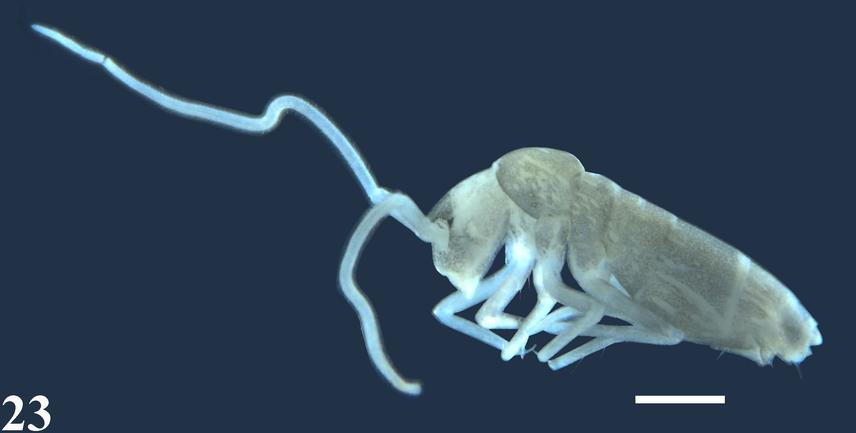Shalva Barjadze
Other projects
8 Feb 2011
Cave Investigations and Education of Local People for Cave Conservation in the Chiatura and Tskaltubo Districts (Imereti Region, Georgia)
10 Sep 2015
Cave Investigations and Education of Local People for Cave Conservation in Samegrelo Region (Western Georgia)
Our aim is to educate local people and school pupils about the importance of caves, to organize seminars and excursions, and to investigate karst caves in the Racha region speleologically and speleobiologically.

Plutomurus pichkhaiai sp. nov. Habitus, from Letsurtsume Cave (bar 0.5mm).
Our plan has two main components: a scientific research component and a public education component. For the scientific component, we plan to use springtails as biodiversity indicators of cave-dwelling animals, palynological data of modern cave deposits and speleoclimatic investigation in disturbed and undisturbed caves of researched territories to determine the factors that affect cave biodiversity and hinder cave conservation actions.
In terms of public education, we plan to organize seminars and excursions in Georgia’s Racha region. During these seminars we will provide detailed information to the local people about the genesis of their area’s caves, their microclimatic conditions, biodiversity, palynological data of modern cave deposits and the negative outcomes of anthropogenic disturbance.
During the excursions, local school pupils will be included in the speleological and speleobiological investigations to provoke interest in disciplines associated with cave research or to learn fundamental principles for sustainable management and conservation of cave ecosystems. It should be mentioned that, during the last decade, Georgia’s young generation has been less inclined to choose professions associated with cave investigations, such as Geography, Biology and Palaeontology. By engaging young Georgians in such educational projects, we hope to spark interest in the above-mentioned disciplines and thus pave the way for a new generation of Georgian speleologists and speleobiologists. This will guarantee that cave investigation and conservation activities will continue into the future.
We also intend to publish and distribute illustrated booklets for local people about the caves’ microclimatic conditions, cave-dwelling animals, organic remains and threats caused by anthropogenic factors to provoke their ongoing interest and participation in cave protection activities.